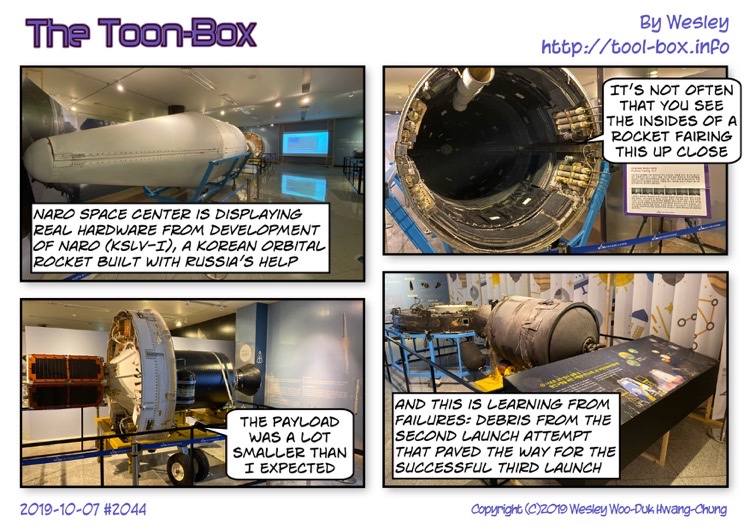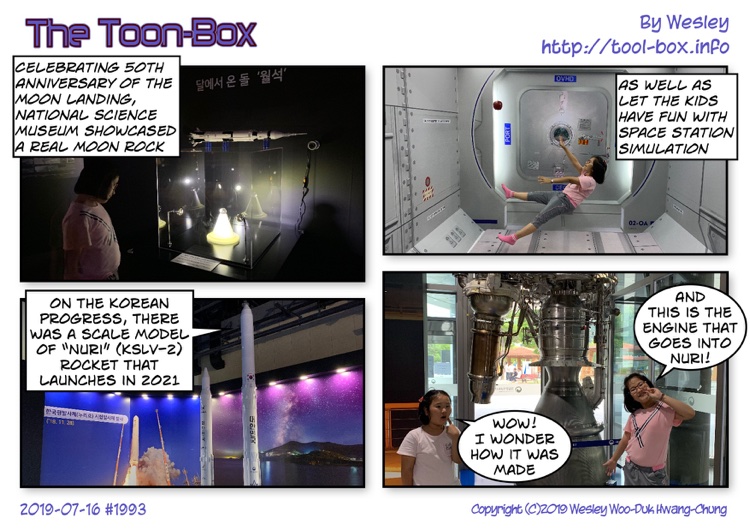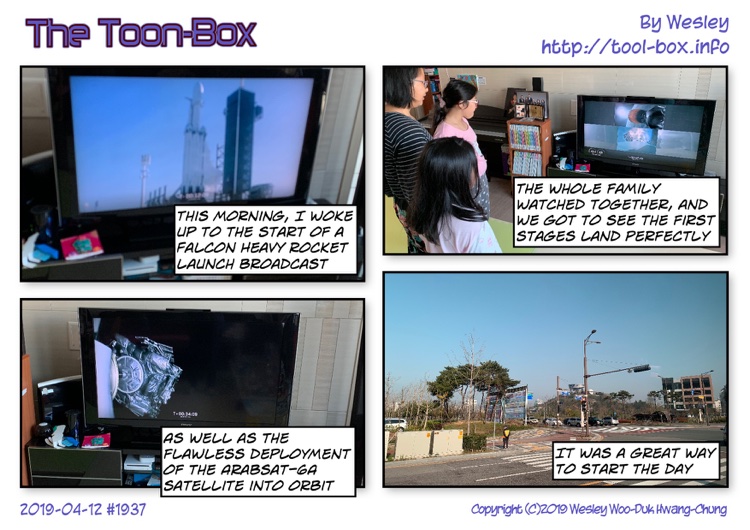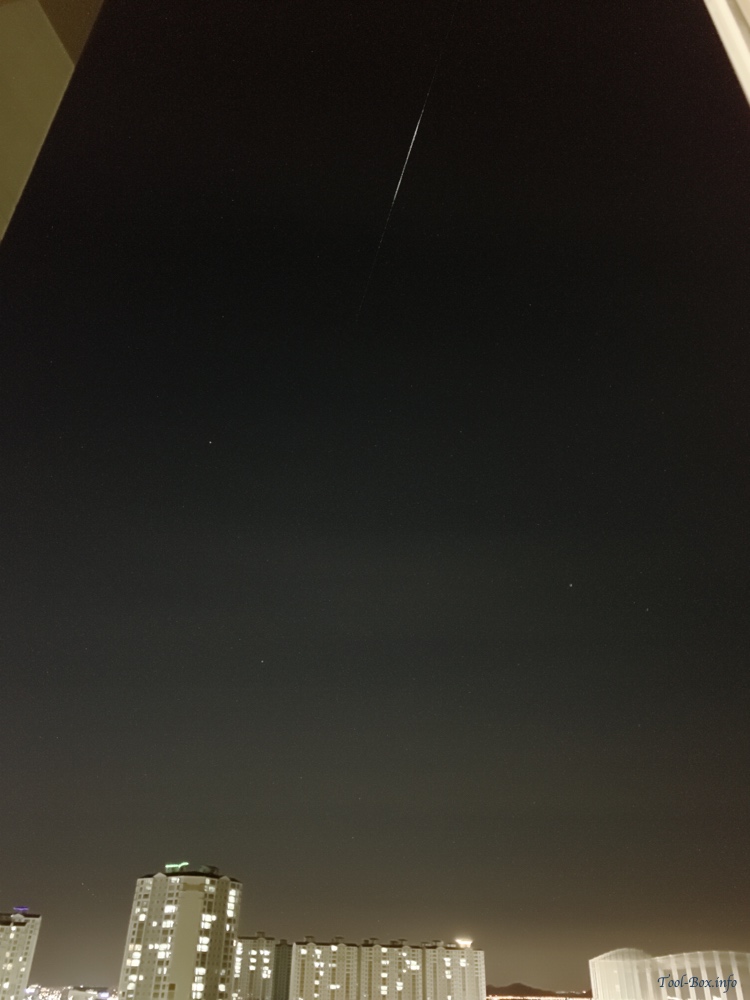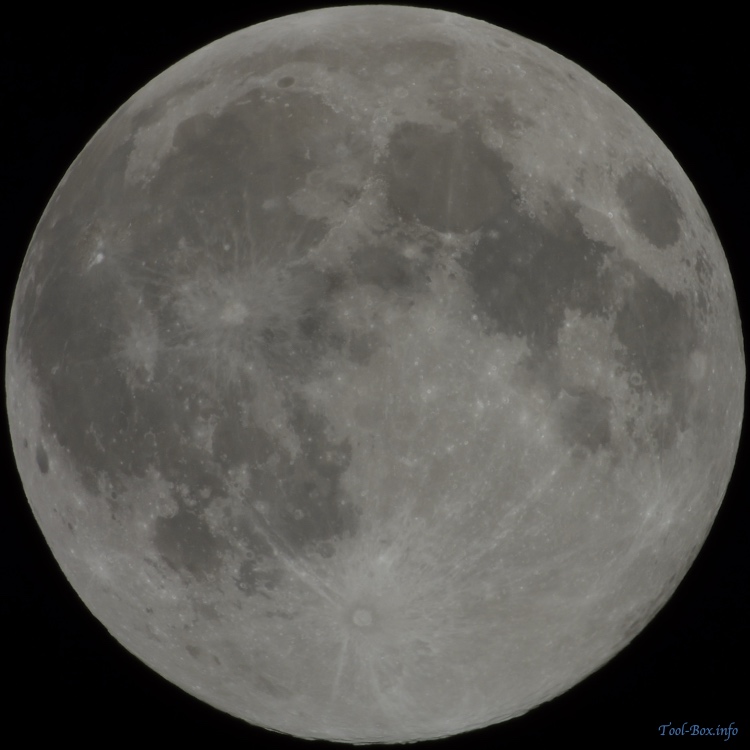Spotting the SpaceX Crew Dragon spaceship
Posted by Wesley on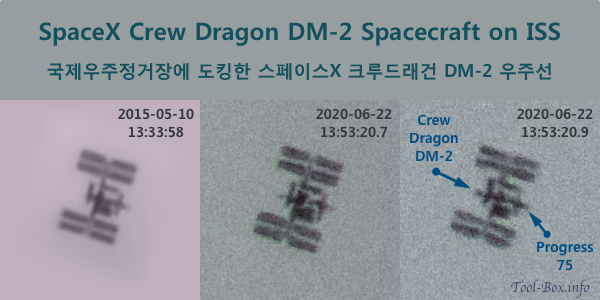
SpaceX Crew Dragon launched on May 30, 2020, under the mission name DM-2, became the first privately operated spacecraft to reach the Int'l Space Station with a human crew. It is now docked to the Harmony module at the forward end until around August, which makes it possible to be seen when the station is overhead. I made some attempts to photograph it, and these are the first clear results coming from the space station's transit in front of the Sun.
With a distance of 448.9 km, the station would have an angular diameter of 61.6", which made it easier to notice the docked spacecraft in question. You can clearly see the difference when you compare the new photos to the one I took 5 years ago, when another SpaceX spacecraft, the Cargo Dragon, was berthed to the bottom of the Harmony module (and thus not distinguishable from the overhead view) for the CRS-6 mission.
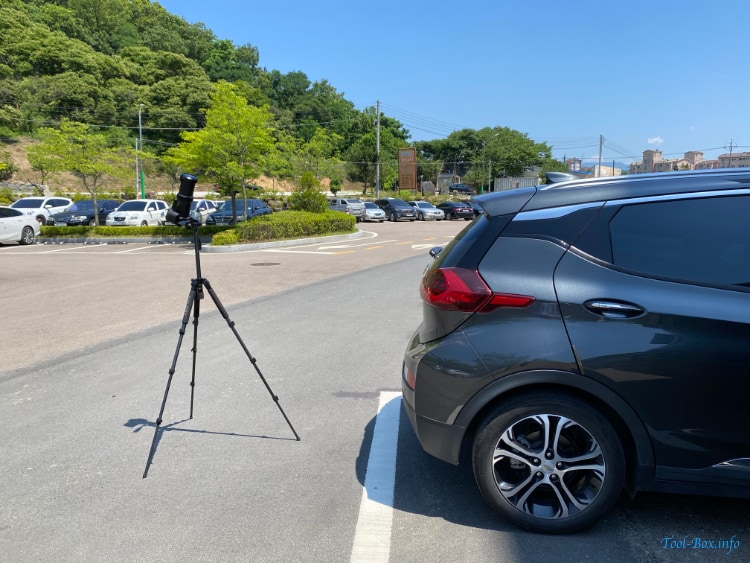
To take these photos, I drove to Hamyang on my Bolt EV. It was about 100 km away from home, but the weather was excellent and I didn't want to waste a good opportunity. I was glad that everything went right. The photo from 5 years ago is an enlarged composite of multiple frames took by an iPhone through a telescope. But it seems that a single photo taken by Nikon P1000 on its own surpasses that with proper focusing, even though the setup is much simpler and lighter. I guess I'll be bringing around the camera to more places.
Device: Nikon P1000
Settings: 3000mm - ISO 200 - 1/2500s - f/8
Filters: None
Time: 2019-06-22 13:53:20 KST
Location: Hamyang, Korea

